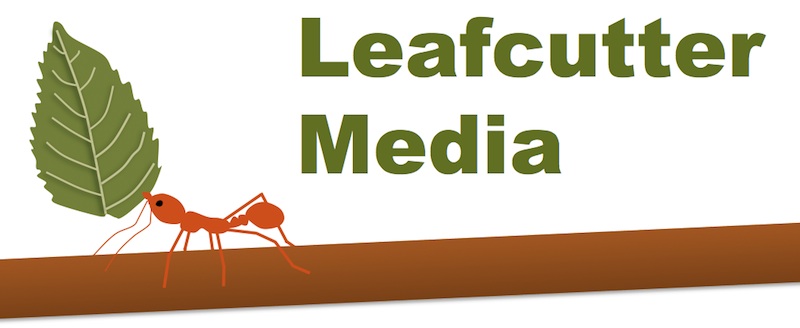
For the most part, the world divides people into two categories: male and female. Public bathrooms, clothing catalogs, baby accessories, kids’ toys, fairy tales, marriage laws, sports, music videos, and the marketing of personal care items ranging from deodorant to razors all reinforce the idea that everyone is born definitely male or definitely female.
Some biologists agree with that idea, arguing that there are only two types of sex cells: sperm cells and egg cells. By definition, individuals who produce sperm cells are male, and individuals who produce egg cells are female. It’s as simple as that, and there is no in between. According to this view, encouraging people to explore their sexual identity beyond the male-female binary can confuse children and is potentially damaging to society as a whole.
But how do we know who is male and who is female? Two common strategies are to inspect the sex chromosomes and/or the genitals. According to tradition and conventional wisdom, the binary distinctions persist here as well. That is, for the sex chromosomes, XX means female and XY means male. For the genitals, clitoris + vagina mean female and penis + scrotum mean male.
Those distinctions seem simple, but life is more complicated that that. Variations in sex chromosomes, reproductive anatomy, and hormone levels can and do occur, sometimes causing a person’s genitalia to appear different from what is generally considered to be typical for either sex. Such conditions are collectively known as “intersex.” University of Oklahoma professor Dr. Ari Berkowitz explores intersex conditions in a blog post called “Human Biology Is not Binary.”
In a followup blog post, “Animal Biology Is not Binary,” Berkowitz extends the argument to invertebrate and vertebrate animals that are intersex, asexual, sex-switching, or hermaphrodites. He does not include plants, which have complex sex lives of their own, but he does mention that some fungi have thousands of “mating types” that are somewhat analogous to sex. These examples reinforce the idea that biological sex is not necessarily binary.
What does this all have to do with teaching nonmajors biology? Clearly, the related topics of sex and gender are relevant to students’ everyday lives as they observe their peers and develop their own identities. Yet I can hear the alarm bells ringing in the instructor’s head. Wading into disputes about sex and gender can easily become heated, especially when politicians get involved (see, for instance, this story from Oklahoma, which includes quotes from both sides of the political aisle).
I don’t want my classroom to become yet another battleground for political disputes, but I do want my students to understand both the promise and the limits of science in settling complex matters. Luckily, it is possible to find resources that give students an opportunity to focus on real data as they tangle with these thorny issues. HHMI Biointeractive, for example, has a thoughtful, substantive activity called Sex Verification of Athletes that dives head-first into the difficulties of defining who is eligible to compete in sporting events that are restricted to females.
For those of you teaching nonmajors biology students, what approach do you take with sex, gender, and other complex issues at the intersection of science and society? Please share your ideas; I would love to learn from you.
